Seventy-three years ago, Richard Hedgecock of Tormount Road, Plumstead in South East London walked into his local camera shop in Powis Street, Woolwich. The object of his attention was a pristine Leica IIIc, the latest in the miniature camera range that had excited the world when it was launched in 1925. This is the story of how that transaction was recorded for posterity.
Leica IIIc: A story of famine
In February 1952, Leicas were very difficult to come by in Britain because of import controls and other post-war restrictions. Professional photographers such as my old friend Don Morley were able to get special permission from the Ministry of Trade to import a Leica, but for the average camera enthusiast this was out of the question. In those days, then, an ambitious photographer aspired to a nearly new camera, preferably one made after the war.
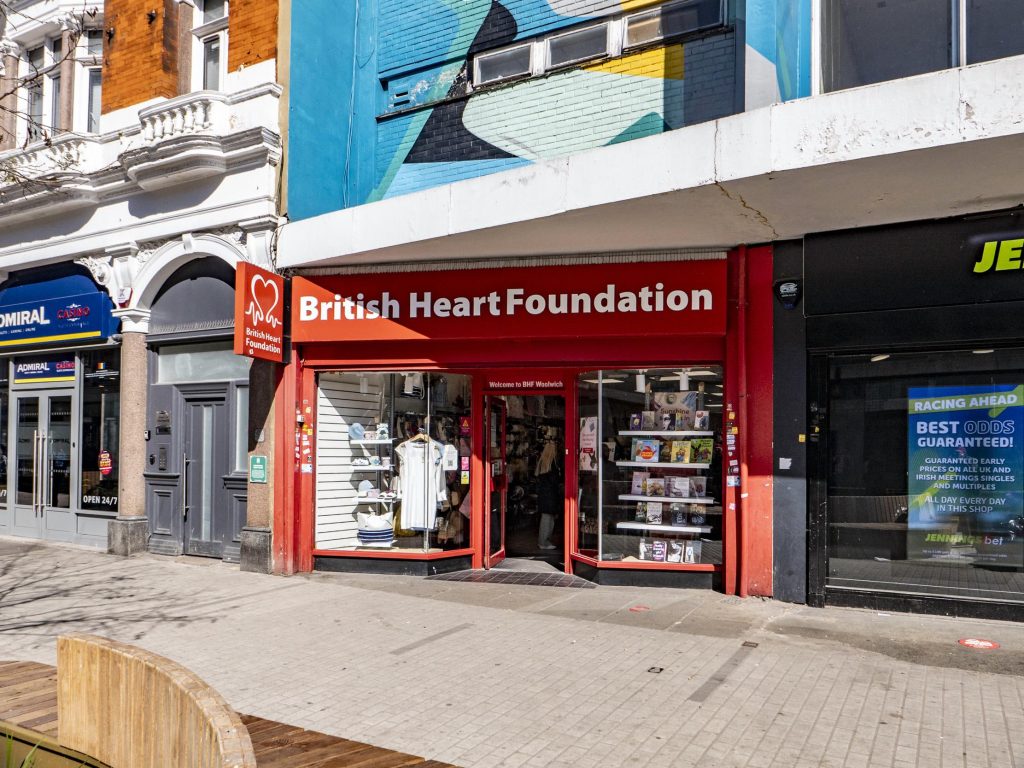
Second-hand Leicas attracted a premium, and pre-war cameras were much in demand. Mr Hedgecock — no doubt a keen and enthusiastic photographer — had spotted a rare beast, a post-war Leica IIIc in the window of Goldthorpe’s Chemists in Powis Street, not far from Woolwich Arsenal station. It sported a 5cm (50mm) f/3.5 Elmar lens and a leather case. Camera and lens had been produced in Wetzlar in 1946, one year after the end of the war in Europe.
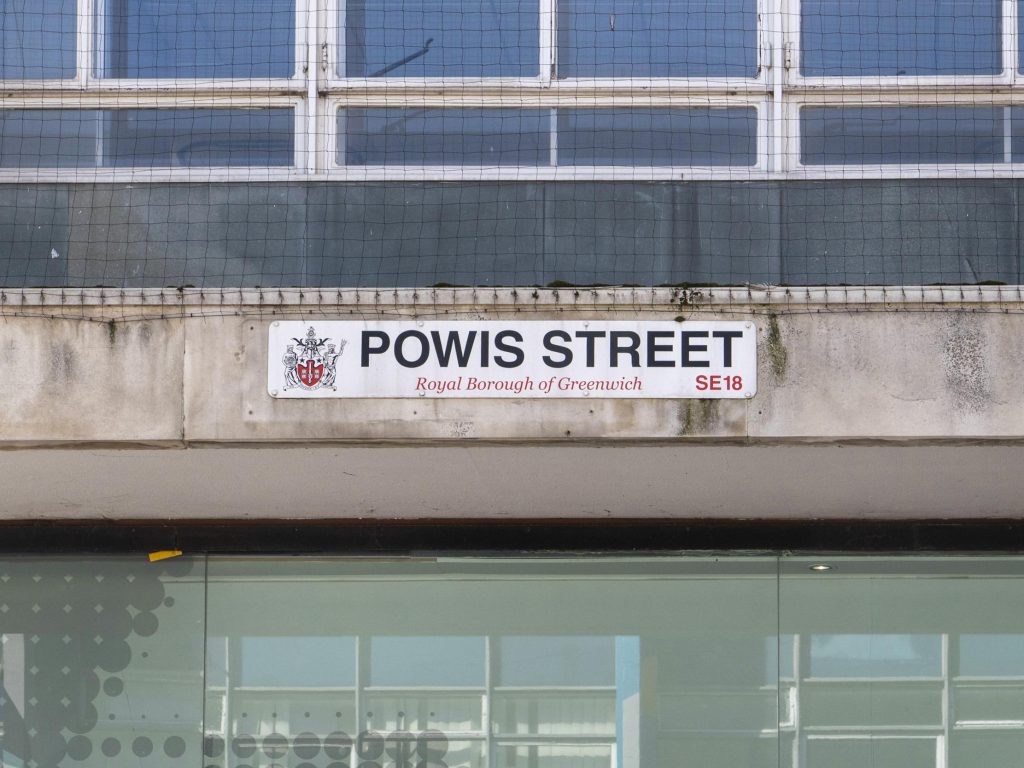
The “nifty fifty” Elmar, introduced in the early years of the Leica camera, was the standard lens for general-purpose photography. It remained in production until 1962.
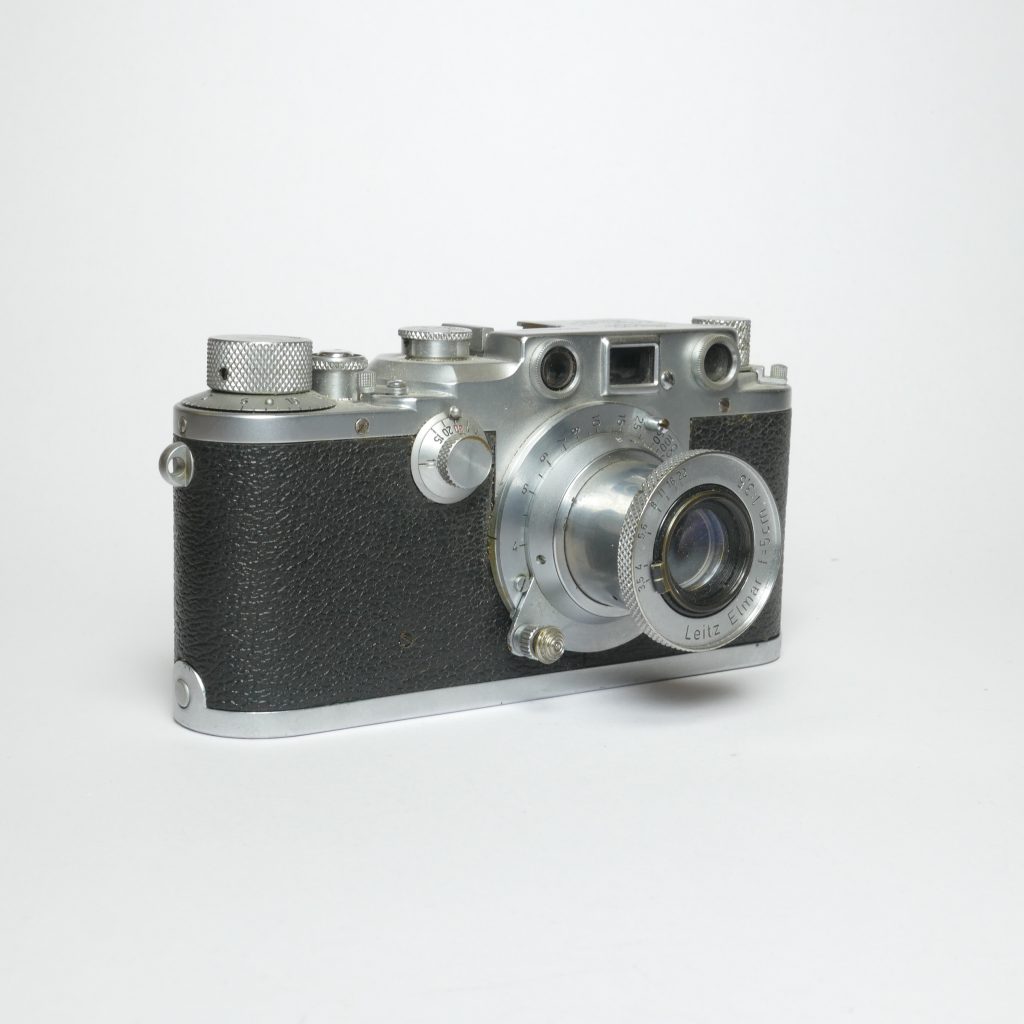
A Leica and a packet of Aspirin, please
But what was this a gem of an outfit doing in a pharmacy? It’s not all that surprising, as it happens. In those days, chemists handled film and chemicals and stocked new and used cameras. In this instance, Goldthorpe’s — owned by one Arnold Gee — were able to dispense medication, fit you up with a new pair of reading glasses and sell you a Leica, a roll of film and a Uniplex developing tank. True multitasking.
At that time, in the early fifties, most pharmacies, or “chemists shops” stocked some level of photographic equipment and many, including Goldthorpe’s handled expensive cameras.
This pharmacy heritage led to the establishment of one of Britain’s foremost Leica dealers, R.G. Lewis, which started life in Enfield as a chemists shop owned by Richard Lewis. His son, Norman Lewis, started his career developing films in the room above the shop. Later, he took over an established camera store in the Holborn area of central London, then a hotbed of photographic businesses, and renamed it R.G. Lewis after the old shop in Enfield.
Norman became a major retailer of Leica cameras. Ever resourceful, this James Bond of the photographic trade would smuggle Leicas out of Nazi Germany concealed in the spare tyre of his Hispano Suiza. He became a noted travel writer and was even rumoured to be a British spy, operating during his frequent business trips to Wetzlar.
The venerable dealership closed down in 2015 and has been much missed by London’s Leica community. The closing-down sale, however, produced the proof of the camera sale in Woolwich in 1952.
The proof
At the R.G. Lewis closing sale in 2015, I bought a few trifles, including a copy of the New Leica Manual, a late edition published in New York in 1953. Inside, it bore the name of the original owner of the book, R.G.R. Hedgecock of 29 Tormount Road, Plumstead. The inscription was carefully scripted: he had even pencilled in lines to guide his pen. He was the very proud owner of this book and, no doubt, the Leica IIIc.
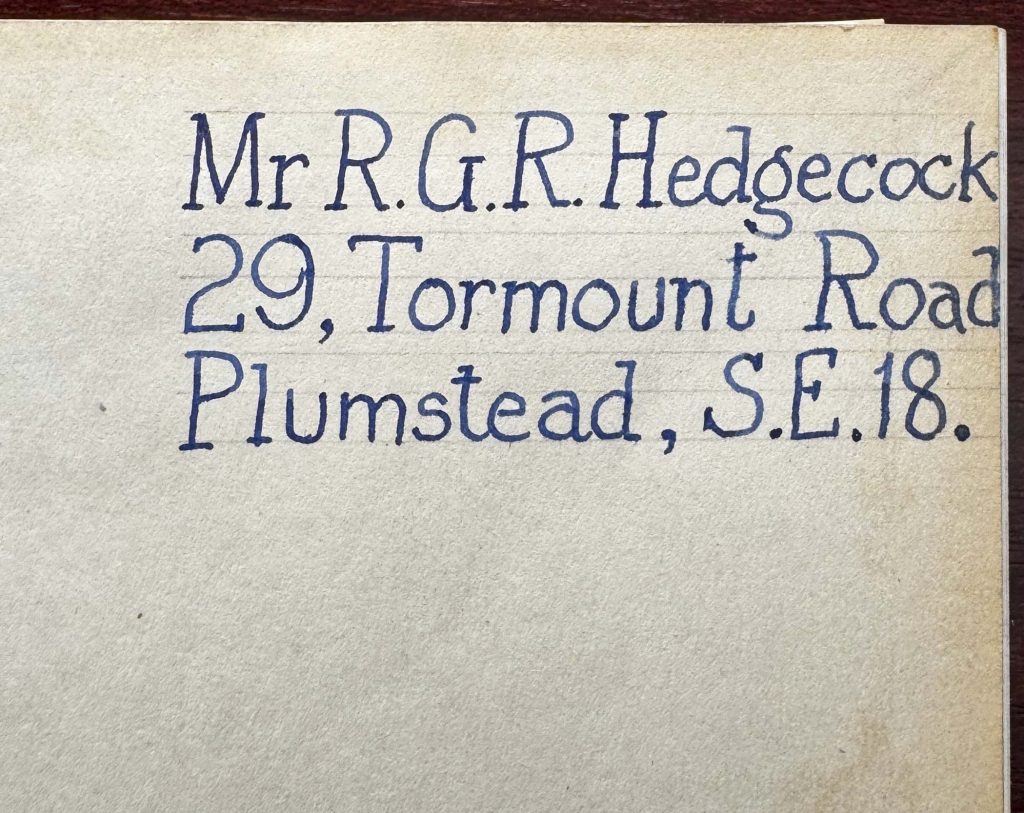
But the big surprise came in the shape of a tiny envelope containing a yellowing bill. It was for the purchase of the Leica camera and lens, plus an ever-ready leather case. Instantly I visualised the scene as Mr Hedgecock, clearly a photography enthusiast, bought his new camera.
The Leica IIIc: An expensive purchase
On that Wednesday morning in 1952, the 23-year-old Richard Hedgecock handed over ninety-two pounds ten shillings (£92.50 or $260 at the 1952 exchange rate) for the Leica IIIc and lens.
It was a massive sum for the early fifties, when the average wage was little more than £10 a week. The cost of that used camera and lens in 1952 equates to around £3,700 ($4,770, €4,420) today. Not far from the cost of a similar used Leica in 2025, in fact.
It’s a surprise Mr Hedgecock’s receipt sported a twopence-halfpenny stamp to show that the transaction duty had been paid. This was sheer profligacy on the part of the dealer, overpaying stamp duty by 25 percent, since a two-penny stamp would have satisfied His Majesty’s Inland Revenue. A receipt without a twopenny stamp affixed and signed was invalid.
Incidentally, as you will note, the stamp featured the head of King George VI, who had died on 9 February 1952, just two weeks before the Leica changed hands. I like to think that Mr H was celebrating the new and optimistic Elizabethan age by plumping for this rare outfit.
A very expensive purchase
We know that Richard Hedgecock lived with his parents, Ernest (who worked at the nearby Woolwich Arsenal) and Ellen, in a modest terraced house in Plumstead (which can be viewed on Google Maps, see below). A £93 camera would have been a major purchase rather than an everyday occurrence, and it is certainly odd that such a young man was able to spend today’s equivalent of £3,700 on a camera and lens.
Was he spending an inheritance? Or did he work as a professional photographer and this was a superior work tool? We will never know, unless someone who knew Richard comes forward with an explanation.
After exploring the circumstances of the Leica purchase in 1952, I feel a certain personal affinity with “R.G.R”, a young man clearly proud of his row of initials. I wonder whether his Leica interest was a passing phase, or a lifelong passion. If so, there will be Leica enthusiasts alive today who will remember him.
The only fact we do know, is that Richard Hedgecock died on 23 April 2003, 51 years after walking into Goldthorpe’s chemists in Powis Street. This article is published on 23 April 2025 as a tribute to a Leica fan we would all have liked to meet.
Quest for the IIIc
What, though, would this very camera and lens sell for in 2025? I called Ivor Cooper at London’s Red Dot Cameras. He told me that a postwar Leica IIIc and Elmar lens would now retail for between £500 and £700 ($650/920), depending on condition. R.G.R. would have had to wait only 63 years to get an 800% return on his cash (if only we hadn’t had inflation, that is…). Ivor has similar cameras and lenses in stock if you fancy following in Mr Hedgecock’s footsteps. The only problem is, Ivor doesn’t sell aspirin.
Is the camera and lens still in circulation? Knowing how Leicas are cherished, there is an excellent chance that this Leica IIIc with the serial number 416214 and the 5cm Elmar 632982 are now in the hands of a collector. If, therefore, you own a IIIc camera of the right period, do check the serial numbers. Wouldn’t it be wonderful if Macfilos readers can discover the whereabouts of this gem 73 years after Richard Hedgecock walked into Goldthorpe’s in Powis Street and handed over a small fortune in cash?
| Vintage Leicas on Macfilos | Swiss Roll: Our most successful series of articles — the hunt is still on |
Make a donation to help with our running costs
Did you know that Macfilos is run by five photography enthusiasts based in the UK, USA and Europe? We cover all the substantial costs of running the site, and we do not carry advertising because it spoils readers’ enjoyment. Every amount, however small, will be appreciated, and we will write to acknowledge your generosity.

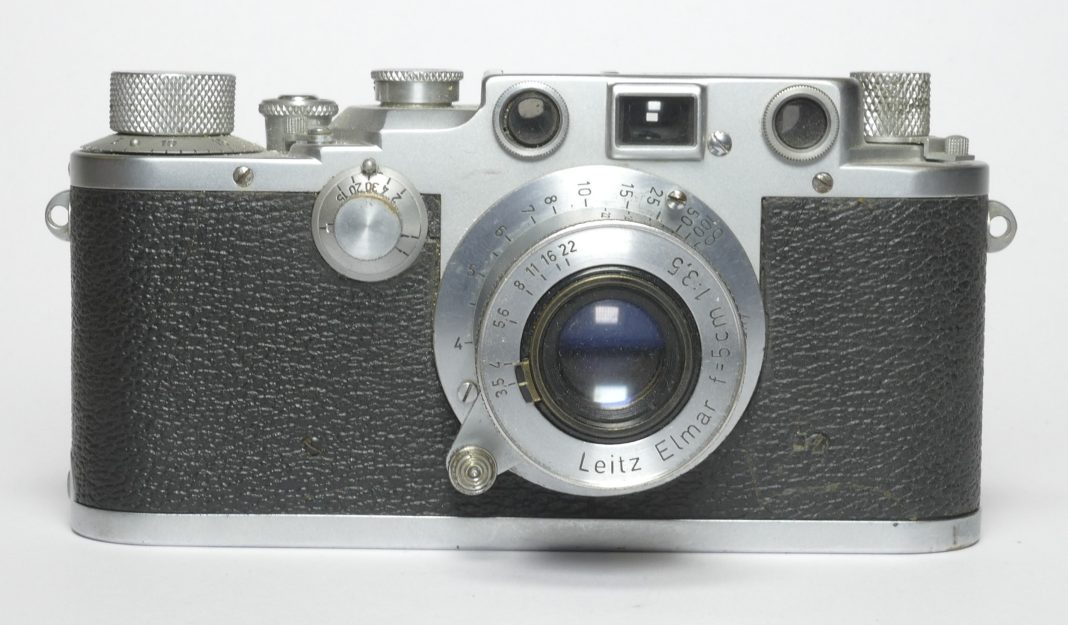
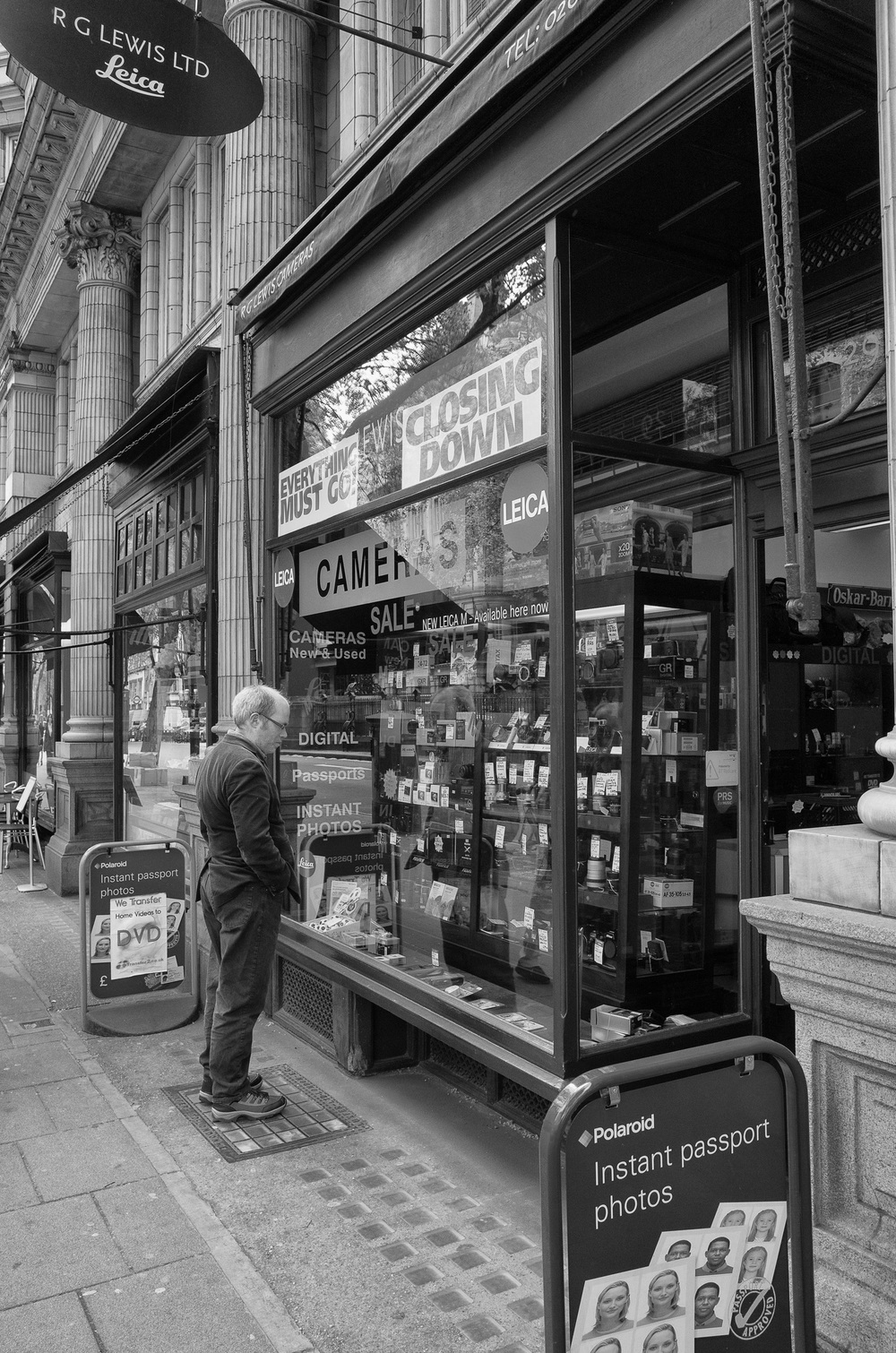
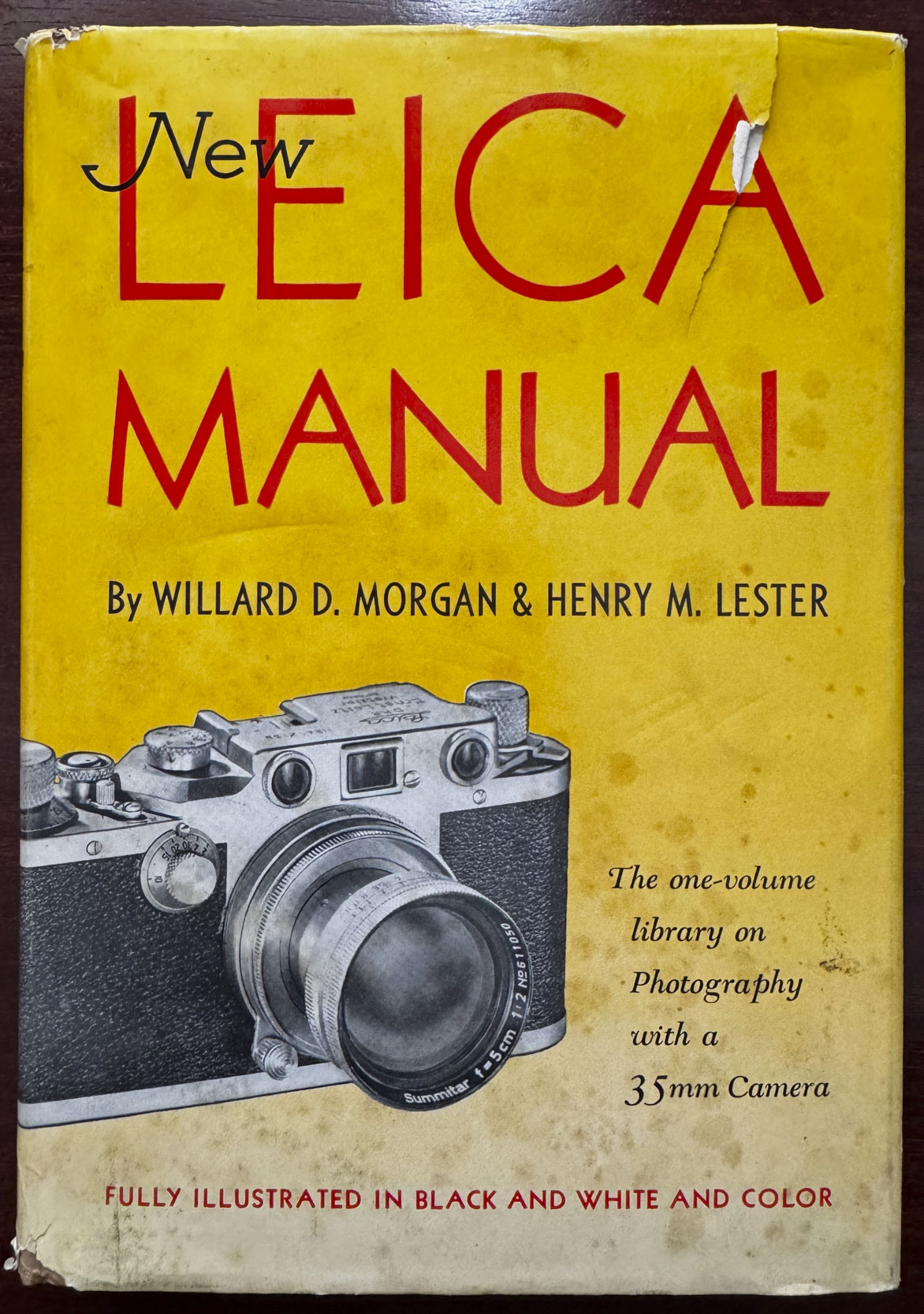
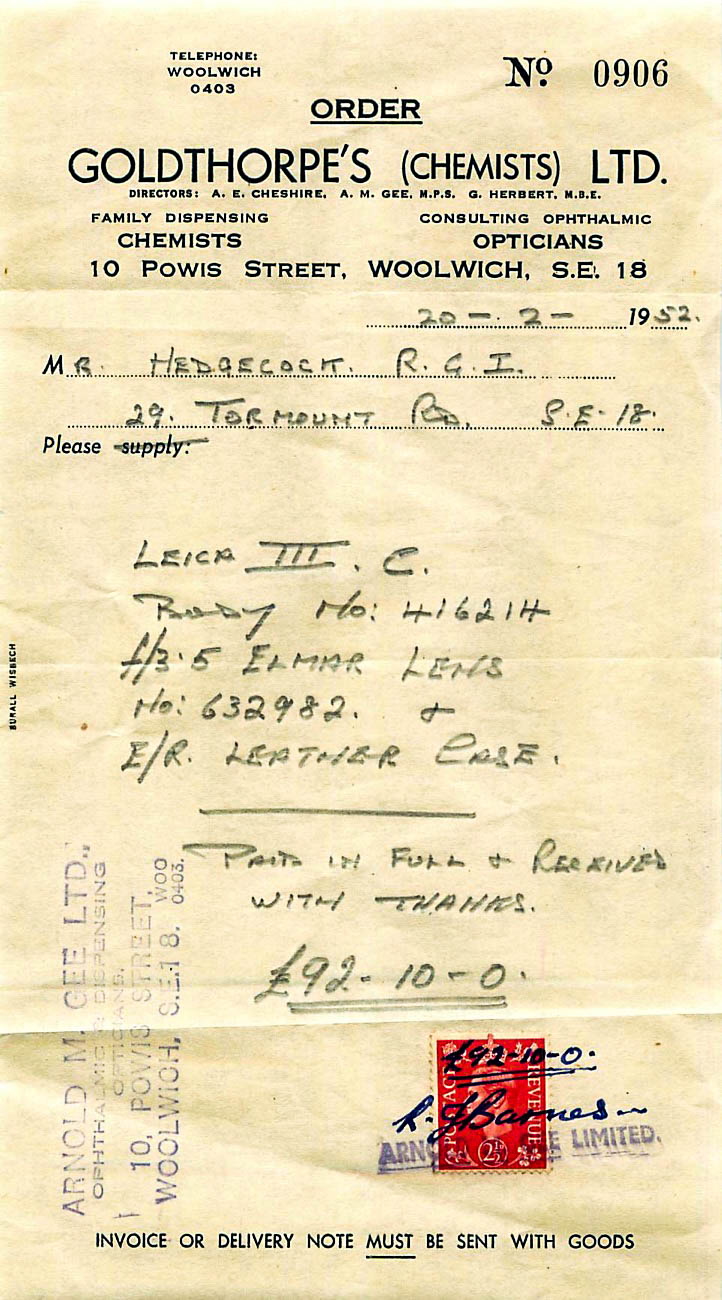
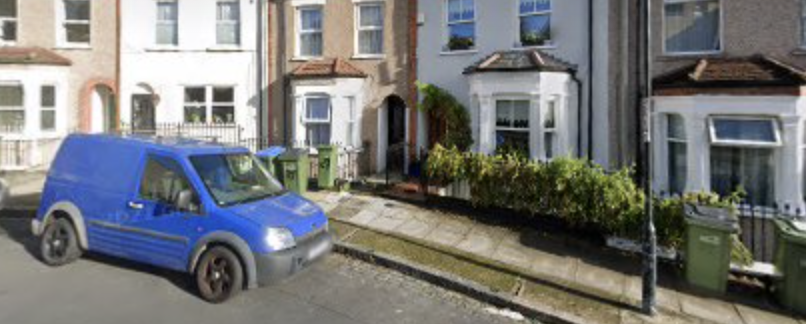
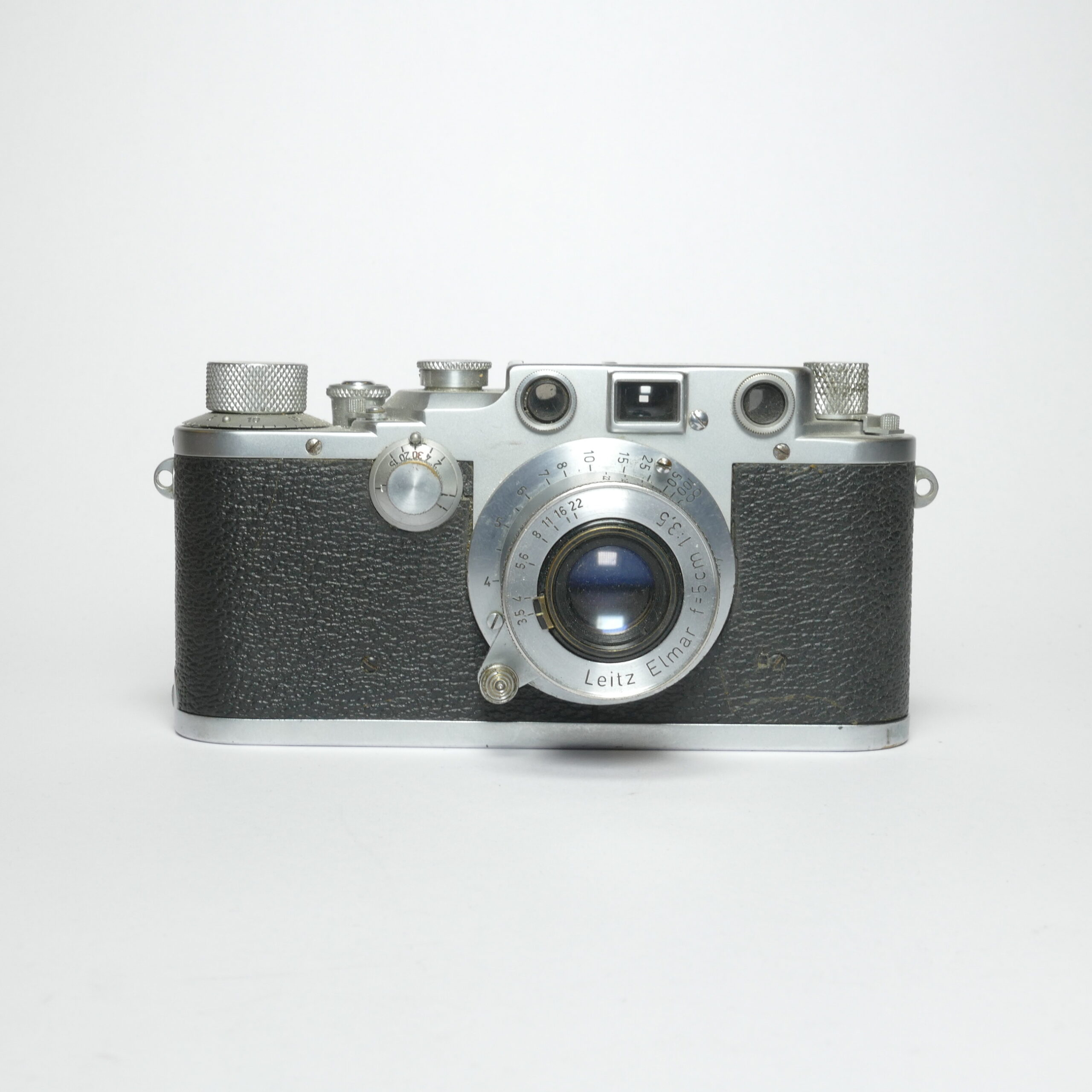
Mike, you had shown this to me before publication. Apologies for not responding until now. There is a certain resonance for me in this, as my first article for Macfilos, just over 10 years ago, showed the receipt for a camera bought by my late father just after his 24th birthday in January 1940. His Super Baldina cost him 9 guineas and had a 2p Irish stamp affixed on it. Young Mr Hedgecock paid nearly 10 times that amount for his 1946 Leica IIIc just over 12 years later. I have a prewar UK Leica catalogue with the post war prices written in with pencil and prices had just about doubled during WWII. So, that was an extraordinary amount for a very young man to spend on a camera in 1952. The ‘inheritance theory’ may, therefore, be correct.
Looking at the serial number for the body and lens, they are, indeed, from 1946. One point I should have noted for you is that No 416214 was a ‘non stepper’ IIIc without the little step for the rewind lever. About two weeks ago I acquired a Leica IIIc from 1946 with a 409XX serial number and that was a ‘non stepper’. Mea Culpa.
My recent acquisition also came with a Leica Manual from 1953, but there was nothing interesting folded into the pages.
William
Thanks, William. Like you, I find looking into the history of cameras entertaining. Mr H was obviously a keen photographer to spend so much money on a camera, and his careful retention of the bill and the painstaking instruction in the book pay testament to this.
I have a feeling he could have been a professional, perhaps a young photo journalist, as was Don Morley at the time.
Thanks for the additional information. Mike
Mike, it is fortunate that until the early 1950’s one could buy a Leica in a local pharmacy.
When I were a lad, the only camera available at larger Boots or Timothy White’s outlets was a Beirette. Even so, in those days, I remember my dad, being impressed that even such lesser cameras were to be found in those stores. Of course, by that time, with the advent of my big sister and a few years later, little old me, dad was sporting a cheap TLR and a few years later a clockwork 8mm movie camera which he had to get under a blanket on the beach to turn the 16mm film around to record another 2 minutes of wobbly output on the other side.
I have on my computer, alongside that output, the stuff recorded by my Uncle Ron on a later 1960’s super 8 camera that didn’t require this palaver, and the output is far clearer and more watchable…
…Progress indeed.
Thanks Stephen and I hope you are keeping well.
This article has the potential to be one of Macfilos’ more interesting mysteries. If we believe this may be a late 1940s Leica III, then where was it between its production date and Mr. Hedgecock buying it in 1952? Back at the end of last year Chris Hooke shared his mystery Leica III story with us which also had an unclear journey before Chris got hold of it.
Equally, what did Mr. Hedgecock do for a living? Was photography his big hobby? Did he work for a local newspaper, or maybe on Fleet Street? Could he have worked in the darkroom, or was he a news photographer?
Hopefully we have readers who can help us sleuth the story to give us a fuller picture.
Apologies to readers. For some reason, comments had been disabled on this article. They are now up and running and we would be delighted to read your verdict on Mr Hedgecock and his Leica IIIc. — Editor